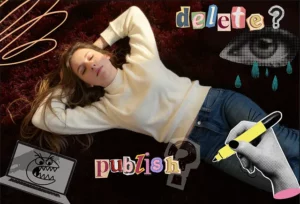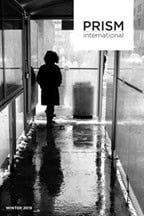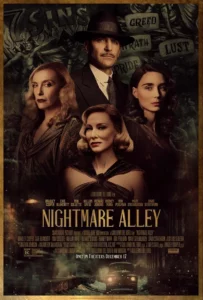Unveiling the Wild Within: How Amie Souza Reilly Redefines Our Connection to Animals in ‘Human/Animal’
The result is an ambitious, braided essay collection that resists easy answers because, like walking past all the houses lined up on a suburban street, there is simply no way to articulate all of the violence that can take place there, in acts big and small, seen and unseen.
At one point in the collection, Reilly invokes Rene Magritte’s 1934 painting, “Collective Invention,” in which an inverted mermaid (a fish head and torso with a human woman’s legs and genitalia) washes up on a beach. This inversion of the expected, fetishized ideal of a mermaid, subverting expectation, in many ways encapsulates Reilly’s experience of her Connecticut suburban home: “…I am drawn to [Magritte’s fish woman] because she embodies crossed boundaries, and mine have been crossed and I have crossed them…I look at ‘Collective Invention’ and I recognize the feeling of being home and not home, halfway out of my element, gasping for breath and unable to run.” Nothing about Reilly’s life in her “safe” suburban home fits into an easy trope; this is not unlike Magritte’s “mermaid,” who fits the description of mermaid despite her lack of anticipated allure.












